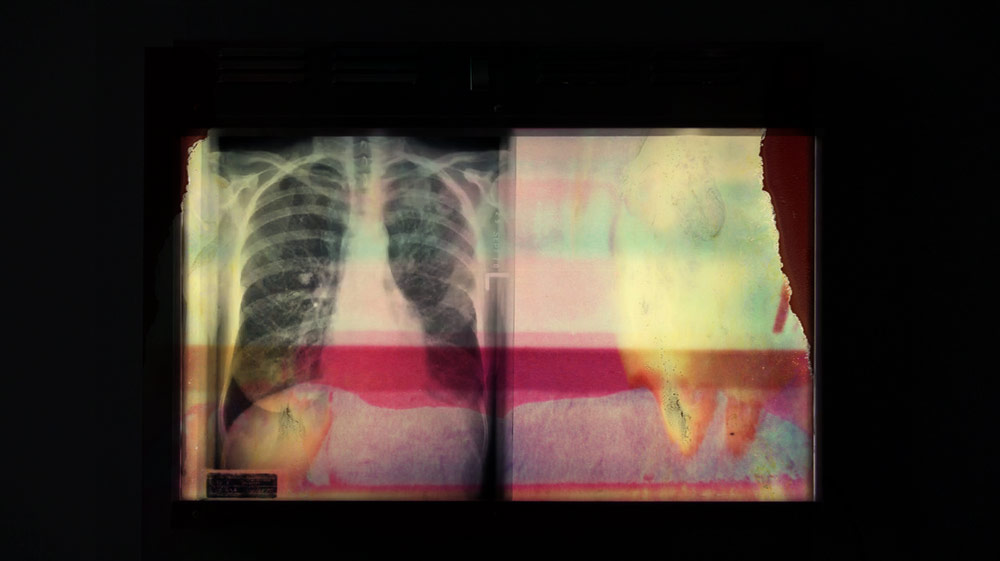C-TYPE
The first commercially available chromogenic print process was Kodacolor, introduced by Kodak in January 1942. Kodak introduced a chromogenic paper with the name Type-C in the 1950s, and then discontinued the name several years later.
The terminology Type-C and C-print have remained in popular use since this time. The chemistry used to develop chromogenic prints today is known as RA-4. As of 2010, the major lines of professional chromogenic print paper are Kodak Endura and Fujifilm Crystal Archive. Plastic chromogenic "papers" such as Kodak Duratrans and Duraclear are used for producing backlit advertising and art. |

| The class of color photographic processes known as chromogenic is characterized by a reaction between two chemicals to create the color dyes that make up a photographic image. Chromogenic color images are composed of three main dye layers—cyan, magenta, and yellow—that together form a full-color image. The light-sensitive material in each layer is a silver halide emulsion—just like black and white photographic papers. After exposure, the silver image is developed (or reduced) by a special color developer. In this reaction, the color developer in the areas of exposed silver are oxidized, and then react with another chemical, the dye coupler, which is present throughout the emulsion. This is the chromogenic reaction—the union of the oxidized developer and the dye coupler form a color dye. Different dye couplers are used in each of three layers, so this same reaction forms a different colored dye in each layer. Responding to both exposure and development, a blue-light-sensitive layer forms yellow dye, a green-light-sensitive layer forms magenta dye, and a red-light-sensitive layer forms cyan dye. A series of processing steps follow, which remove the remaining silver and silver compounds, leaving a color image composed of dyes in three layers.[1] The exposure of a chromogenic print may be accomplished with a traditional photographic enlarger using color filters to adjust the color balance of the print. |
|
|